The Role of Membrane-embedded DUOX2 on Ectodomain Shedding via G protein-coupled Receptor Signaling

Protease-activated receptors (PARs) and the neurokinin 1 receptor (NK1R) belong to the G protein-coupled receptor (GPCR) family. In this review, we focus on the regulatory mechanism of ectodomain shedding by ADAM10/17 metalloprotease via GPCR signaling. PAR2 and NK1R induce membrane blebbing, resulting in phosphatidylserine externalization in the cellular membrane, which is required for ADAM10/17 metalloprotease activation.

The Role of Membrane-embedded DUOX2 on Ectodomain Shedding via G protein-coupled Receptor Signaling
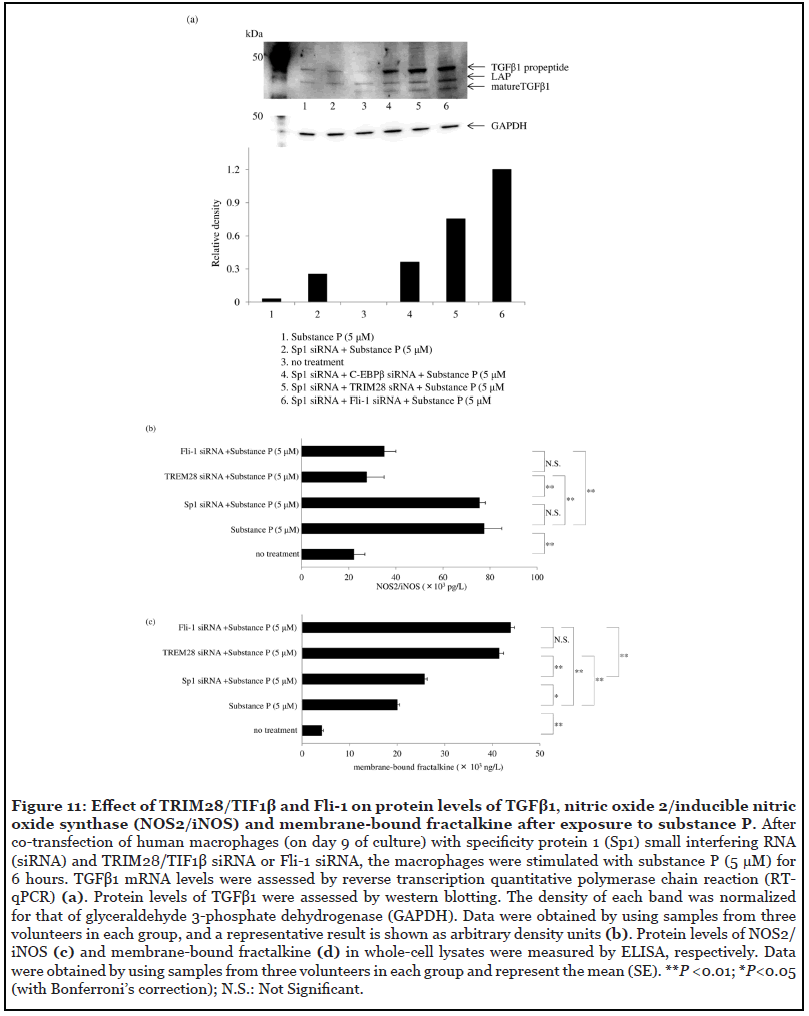
The Role of Membrane-embedded DUOX2 on Ectodomain Shedding via G protein-coupled Receptor Signaling
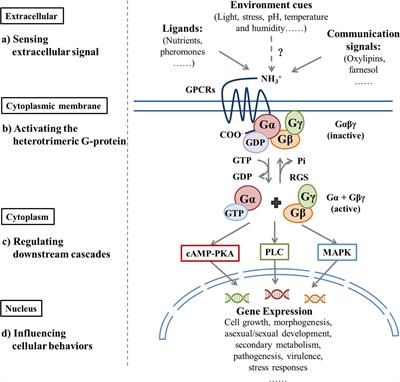
Frontiers Fungal G-Protein-Coupled Receptors: A Promising Mediator of the Impact of Extracellular Signals on Biosynthesis of Ochratoxin A
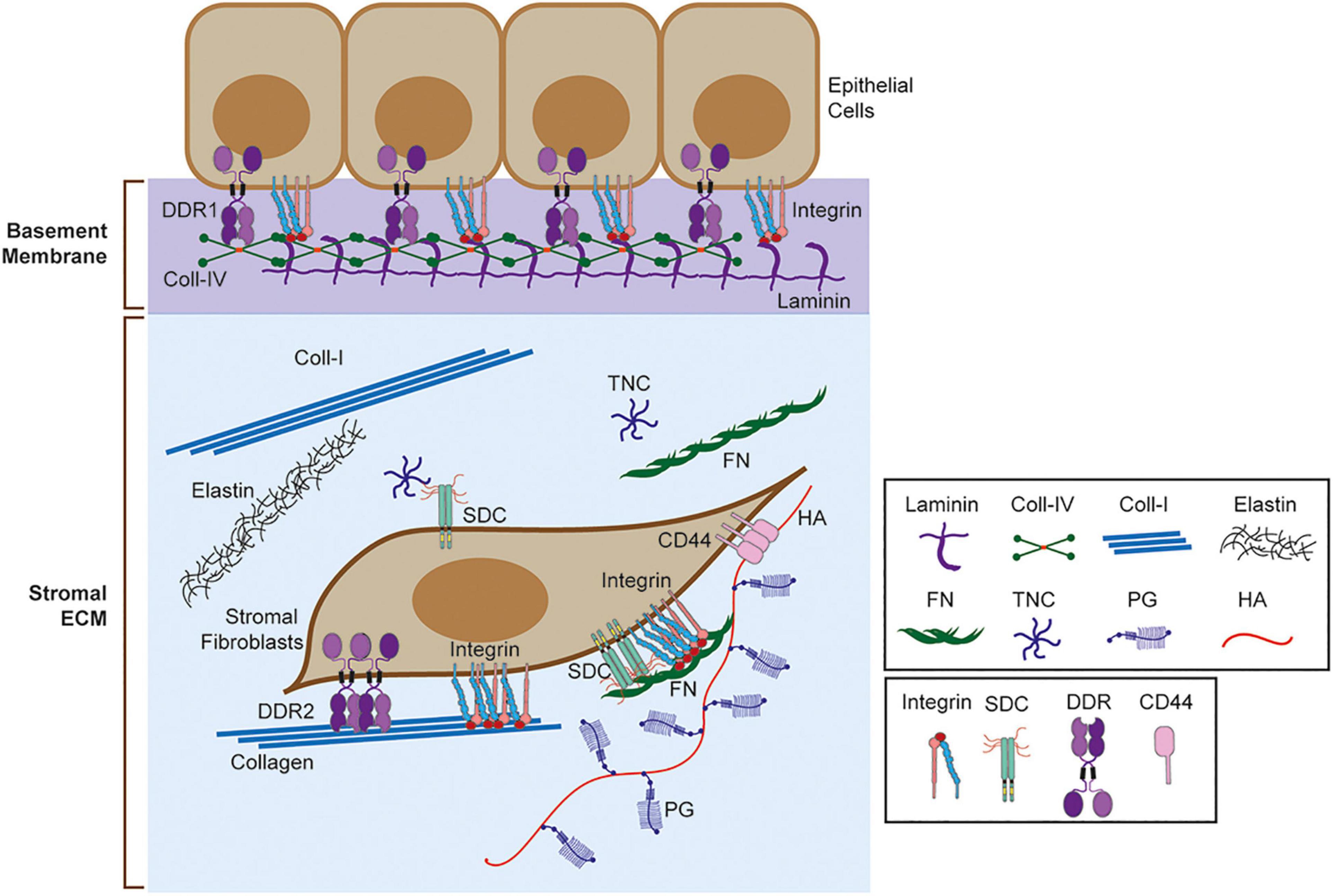
Frontiers Modulation of Microenvironment Signals by Proteolytic Shedding of Cell Surface Extracellular Matrix Receptors

Ontogeny, Anatomy, Metabolism and Physiology of the Thyroid - Endotext - NCBI Bookshelf

Angiotensin II Signal Transduction: An Update on Mechanisms of Physiology and Pathophysiology

The Role of Membrane-embedded DUOX2 on Ectodomain Shedding via G protein-coupled Receptor Signaling
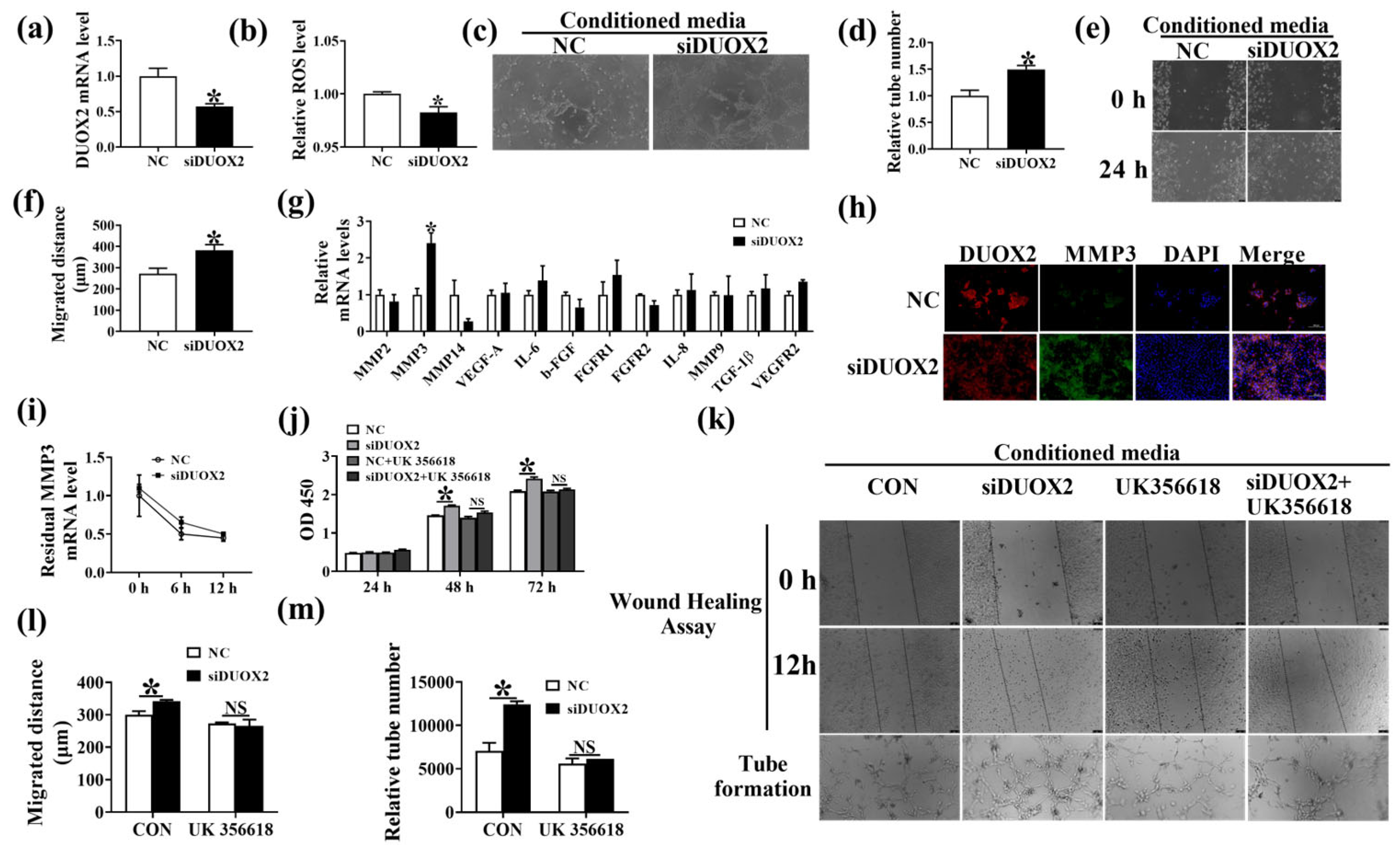
Antioxidants, Free Full-Text

Different mechanisms of soluble receptor generation. a Ectodomain

Proteolytic ectodomain shedding of membrane proteins in mammals—hardware, concepts, and recent developments
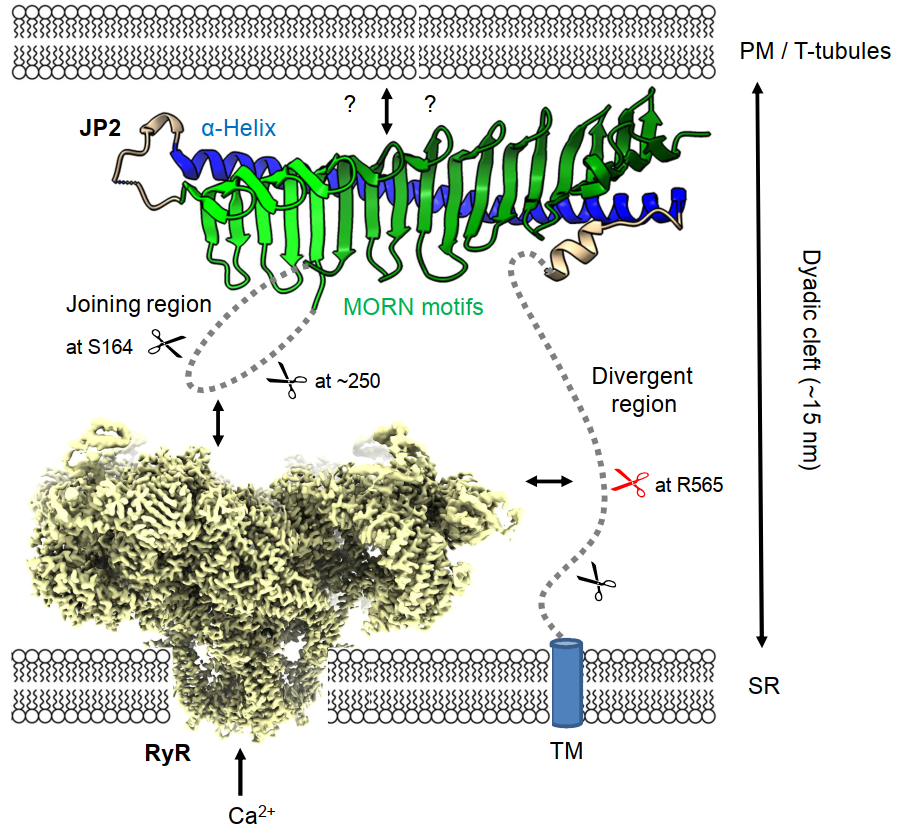
New Insights into the Proteolytic Regulation of the Structural Protein Junctophilin-2 by Calpain

TRIM28/TIF1β and Fli-1 negatively regulate peroxynitrite generation via DUOX2 to decrease the shedding of membrane-bound fractalkine in human macrophages after exposure to substance P - ScienceDirect

Structure of the TSHR protein: The ectodomain (N-terminus) appears
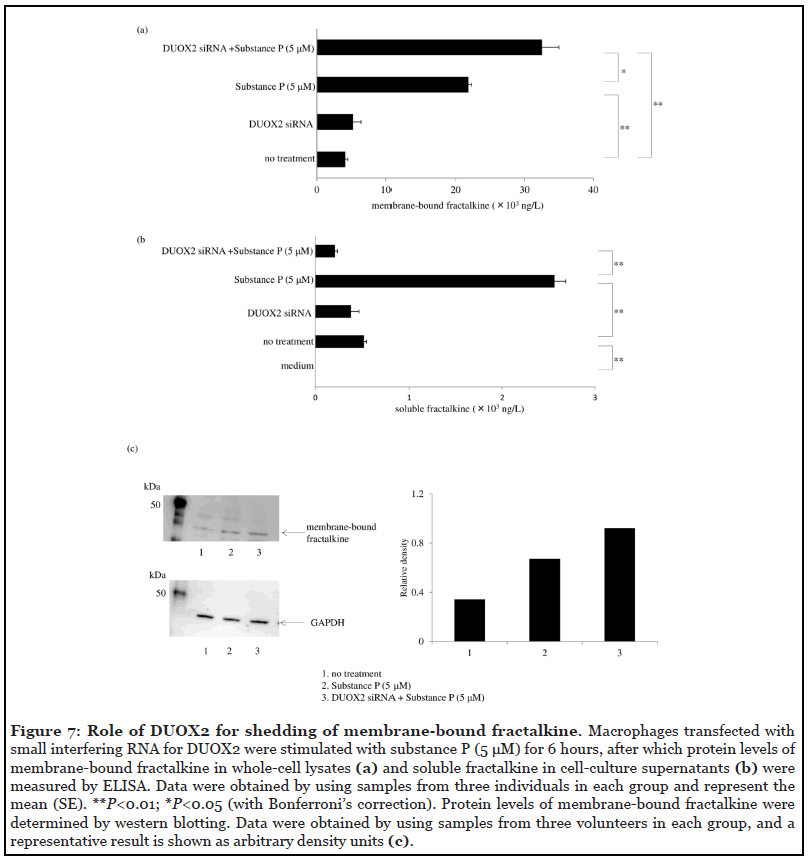
The Role of Membrane-embedded DUOX2 on Ectodomain Shedding via G protein-coupled Receptor Signaling

SALSA, a genetically encoded biosensor for spatiotemporal quantification of Notch signal transduction in vivo. - Abstract - Europe PMC